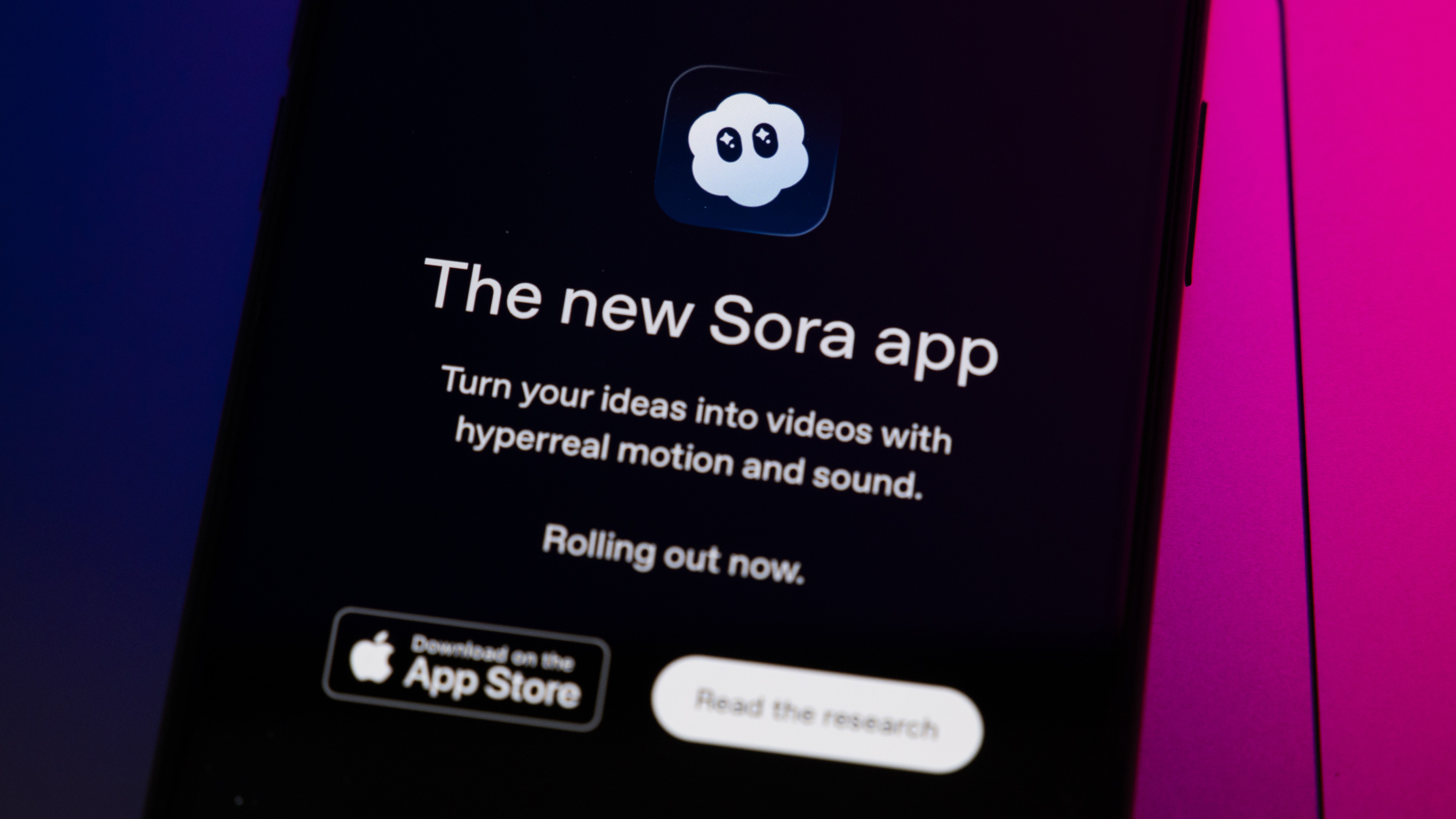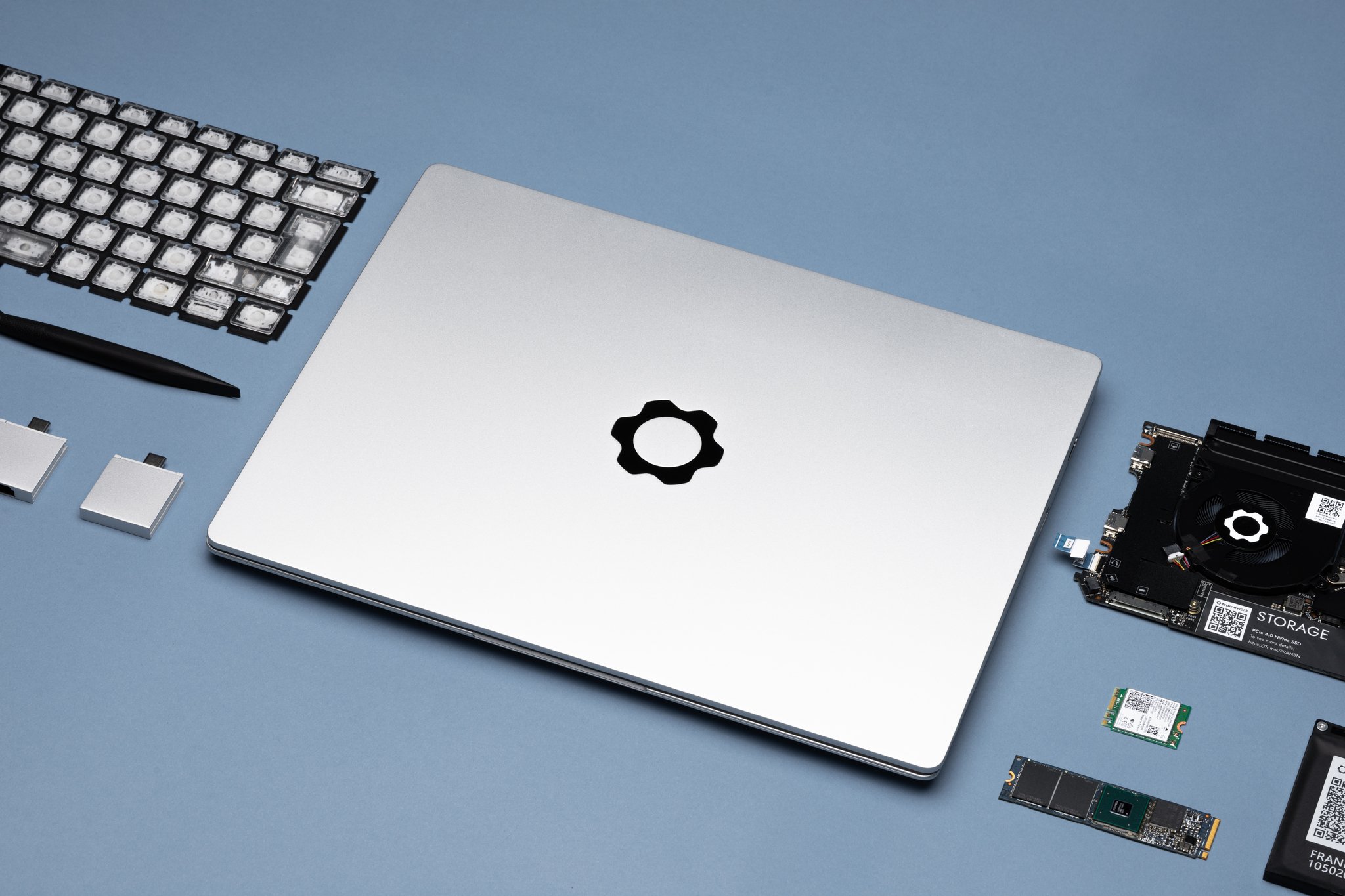"Peak AI slop achieved!" — OpenAI’s Sora 2 redefines deepfakes, launches a TikTok clone, and blows minds
OpenAI's new Sora 2 video generator and TikTok-style Sora social app are here, and the internet will never be the same again.

AI image and video creation has become frighteningly good in recent months. A couple of weeks ago, it was the Gemini-powered Nano Banana craze that had people freaking out over image quality as Google's AI app bumped ChatGPT out of the top charts.
On September 30, OpenAI introduced an update to its AI video generator, Sora, which originally launched in 2024. Sora 2 immediately sent shockwaves through the tech world, and for good reason.
Sora 2 is able to generate incredibly accurate videos, it can follow detailed instructions and prompts, and it spits out videos that you'd swear had nothing to do with AI. The "slop" part of AI video generation is slowly but surely disappearing.
The Sora team at OpenAI explains that it's "jumping straight to what we think may be the GPT 3.5 moment for videos" in the announcement blog post, referring to the massive improvement that arrived with the AI model's March 2022 update.
Sora 2 can do things that are exceptionally difficult—and in some instances outright impossible—for prior video generation models: Olympic gymnastics routines, backflips on a paddleboard that accurately model the dynamics of buoyancy and rigidity, and triple axels while a cat holds on for dear life.
Sora 2 team, OpenAI
Alongside the launch of Sora 2, OpenAI announced a new Sora app for iOS that's available now to download.
The new social app is a lot like TikTok. It creates an algorithmic bubble of videos for you to scroll through as you and your friends share content generated by the new Sora 2 model.
According to Wired, the Sora app allows for AI-generated clips up to 10 seconds long, with no option to upload your own videos or images. That's right; it's all AI.
All the latest news, reviews, and guides for Windows and Xbox diehards.
AI deepfakes are now called "cameos"
OpenAI stresses that "this app is made to be used with your friends," and a big part of that is a feature called "cameos." After confirming your identity in the app, it will create a likeness that can then be used in AI-generated videos.
Others can also use your likeness once you've given the OK, and users will receive a notification when they've been included in a video, even if the video doesn't make it past the draft stage. If you see a video you like that one of your friends created, you can repurpose it with your own cameo.
Overwhelming feedback from testers is that cameos are what make this feel different and fun to use—you have to try it to really get it, but it is a new and unique way to communicate with people.
Sora 2 team, OpenAI
OpenAI says it's "not optimizing for time spent in feed, and we explicitly designed the app to maximize creation, not consumption." By giving users control over what they see on the Sora app's feed, OpenAI is hoping to avoid issues with well-being and addiction.
Teen users will receive further protection via limits on how much content can be viewed in a day, as well as further cameo restrictions. OpenAI's recent introduction of parental controls in ChatGPT also contributes to the safety net.
OpenAI says its Sora app is free at launch "so people can freely explore its capabilities." While this might change in the future, the only monetization plans now involve paying to generate more videos during high-demand periods.
The world reacts to Sora 2's incredible capabilities
Unfortunately, Sora 2 and its new app remain invite-only, but that hasn't stopped countless thousands of people from trying it out for themselves. The results, honestly, are shocking, and I'm enjoying some of the creative video generations.
One user made a fake video of Sam Altman stealing artwork from the Studio Ghibli offices with famed co-founder Hayao Miyazaki attempting to get it back, referring to the GPT-4o image generation drama from April.
Not only is the video nearly perfect, but so too is the audio.
Lmao, Sam Altman stealing art from Miyazaki in the Studio Ghibli HQ.Sora 2 is wilddddddd. pic.twitter.com/qzhfMs0A2tOctober 1, 2025
Another X user posted a mashup of Sora 2 clips, calling it "Interdimensional Cable," just like Rick and Morty have in the hit animated TV series. "Peak AI slop achieved!"
Interdimensional Cable with Sora 2You can create the most stupid and crazy things with it.Peak AI slop achieved! pic.twitter.com/SddHu6DFKbOctober 1, 2025
The meme potential here is off the charts, and I totally understand the hype. My initial reaction to the Sora 2 reveal was certainly positive, but once the novelty began to wear off, I began to consider the implications as this type of technology improves. I'm not the only one.
In one thread reacting to Sora 2 video generation on the r/singularity subreddit, people discuss everything from scam potential to job loss.
Comment from r/singularity
Others have taken a doomer approach, expressing their disbelief at the incredible jump in video quality and the implications it has on our society that already has a hard time distinguishing fact from fiction.
Comment from r/singularity
It will certainly be interesting to see how Sora 2 progresses and if it can retain its shocking quality when it launches fully.
Elsewhere in the AI world, Meta introduced its own AI-generated video feed in the Meta AI app called "Vibes" on September 25. Unfortunately for CEO Mark Zuckerberg, ChatGPT's Sora 2 has almost completely overshadowed the launch.

Follow Windows Central on Google News to keep our latest news, insights, and features at the top of your feeds!

Cale Hunt brings to Windows Central more than nine years of experience writing about laptops, PCs, accessories, games, and beyond. If it runs Windows or in some way complements the hardware, there’s a good chance he knows about it, has written about it, or is already busy testing it.
You must confirm your public display name before commenting
Please logout and then login again, you will then be prompted to enter your display name.

